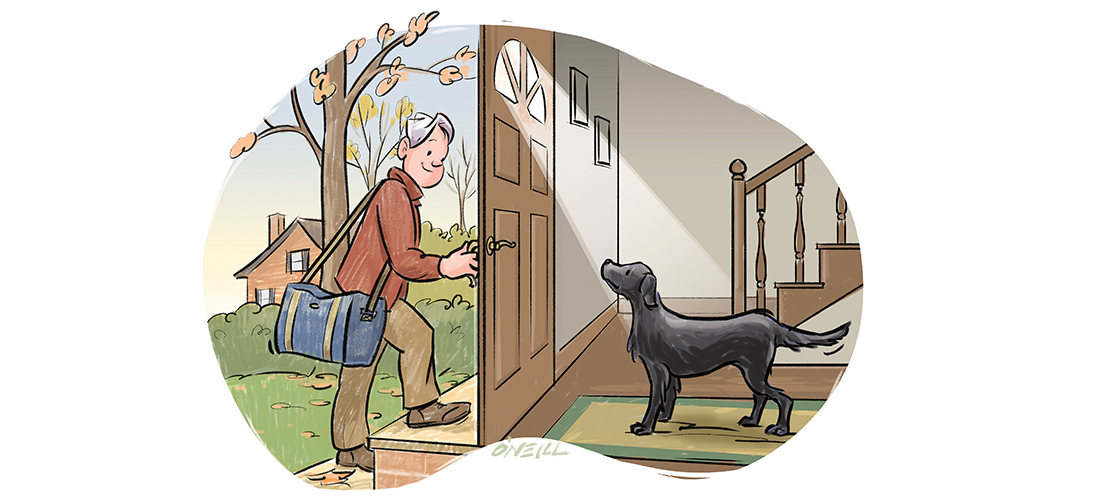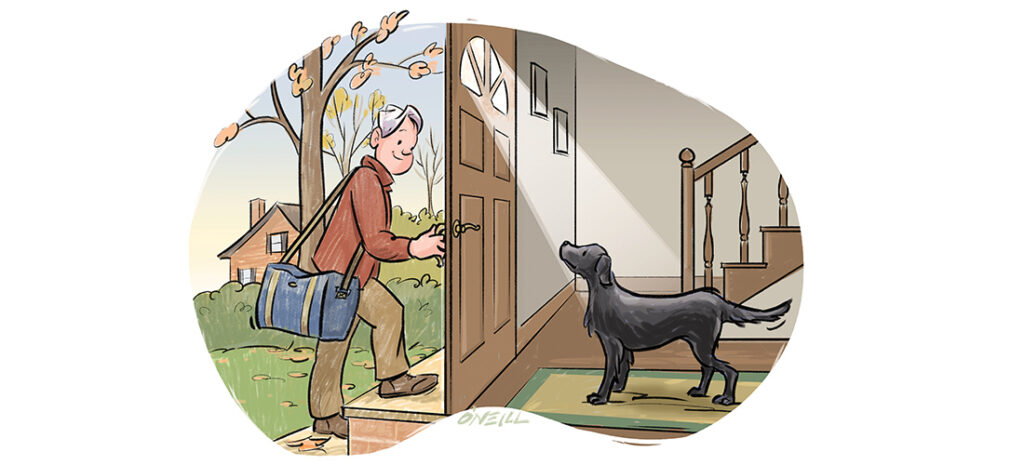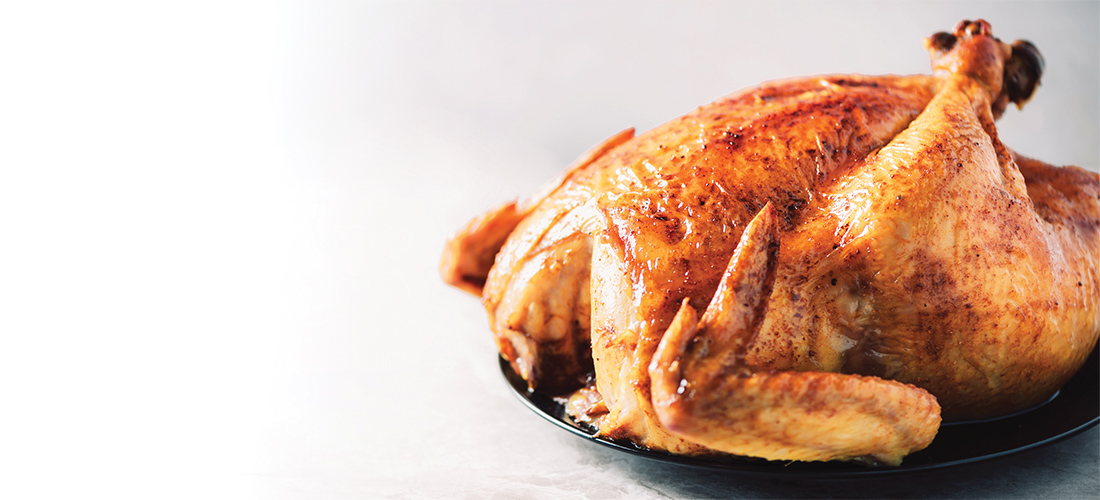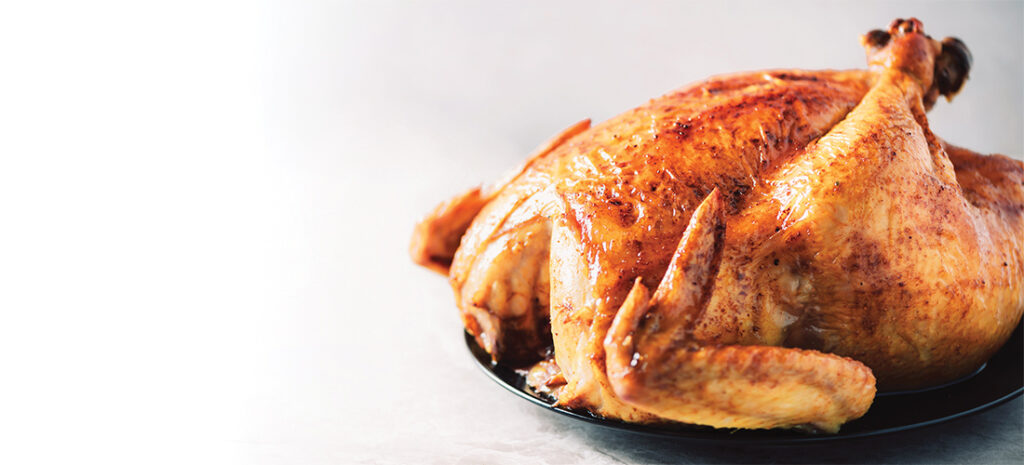In Good Taste
In Good Taste

A Bowlful of Comfort
Chilly weather calls for chili cooking!
Story and Photograph by Jasmine Comer
There’s more than one way to skin a potato, even a sweet potato — and there are just as many different ways to make chili. No matter the region, I think we can all agree that it’s the perfect cozy meal for those chilly wintry months. Some insist that chili requires specific ingredients like beans, or ground beef, or chicken, but I beg to differ. For me, the only requirement is the right combination of warm spices to exhilarate your palate — and a recipe tested by time (and your family).
My sweet potato chili has some of your typical seasonings such as chili powder and cumin. But the addition of the fiery cayenne pepper and savory cinnamon along with silky sweet potatoes will make your tastebuds dance the salsa . . . and maybe even sing along. For me a pot of sweet-potato chili on the stove brings me right back to my childhood seat at the family table. I can see my mother stirring the pot at the stove while the rest of us sit around the table listening to my granddad’s jokes followed by his contagious laughter. On these cold evenings, the house is filled with the fragrant scent of exotic spices and boisterous laughter, though I wasn’t always sure of just what was so funny. But it doesn’t even matter. I just enjoyed seeing everyone having a good time while anticipating a sweet-and-sour-and-spicy bowl of momma’s chili, which I have only slightly modified.
And the best news about this recipe? You probably have most of the spices in your pantry already. Have a little fun with it — doctor the flavors to your liking or try different combinations. I, for instance, add tamari or soy sauce to my chili instead of salt. It adds depth of flavor and umami to the dish. Not a fan of red meat? Use ground turkey instead of beef. Or omit the meat altogether and add your favorite beans or some Impossible Burger. Go ahead and play with your food. Whatever you do, just don’t forget to cook with love. That’s exactly what my family does and, inevitably, it means no leftovers. A sign of a delicious meal? When everyone wants a bowl to go.
Sweet Potato Chili
Ingredients
1 pound ground beef
1 yellow onion, chopped
1 red bell pepper, chopped
1 green bell pepper, chopped
4 garlic cloves, minced
1/2 teaspoon each: smoked paprika, black pepper, oregano
1/4 teaspoon cinnamon
1 teaspoon cumin
1 teaspoon salt
2 tablespoons chili powder
Pinch of cayenne pepper
2 tablespoons tomato paste
2 cups sweet potatoes, peeled and cubed
15-ounce can fire-roasted tomatoes
15-ounce can corn, drained
1 1/2 cups beef broth
Directions
- In a Dutch oven or heavy-bottomed pot, brown the ground beef over medium heat, using a wooden spoon to break into crumbles. Once the ground beef is browned, remove it from the skillet and set it aside. If using a fatty meat, drain all but 1 tablespoon of oil from the pot.
- Add the onion and peppers. Cook until softened, stirring frequently. Add the chopped garlic and cook until fragrant, about 1 minute or so.
- Add the remaining spices and stir to combine. Cook for two more minutes, reducing a the heat a little so the spices don’t burn.
- Stir in the tomato paste and cook for 2–3 more minutes, or until slightly caramelized.
- Stir in the sweet potatoes, fire-roasted tomatoes, corn, beef broth and the cooked ground beef.
- Bring the mixture to a boil, then reduce the heat to low and simmer for 25–30 minutes or until the potatoes are tender.
Suggested toppings: sour cream, lime juice, corn chips and cilantro OH
Jasmine Comer is the creator of Lively Meals, a food blog where she shares delicious, everyday recipes. You can find her on Instagram @livelymeals.


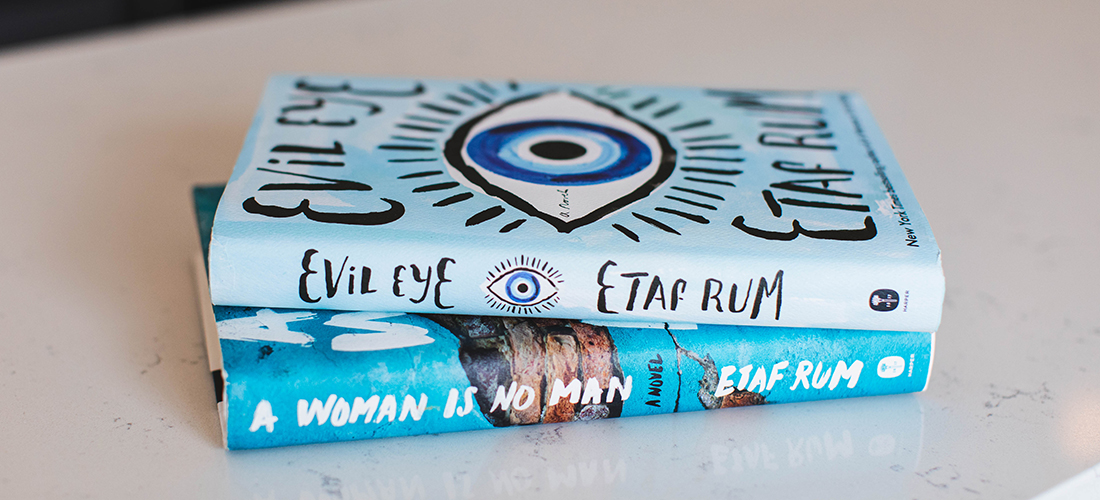
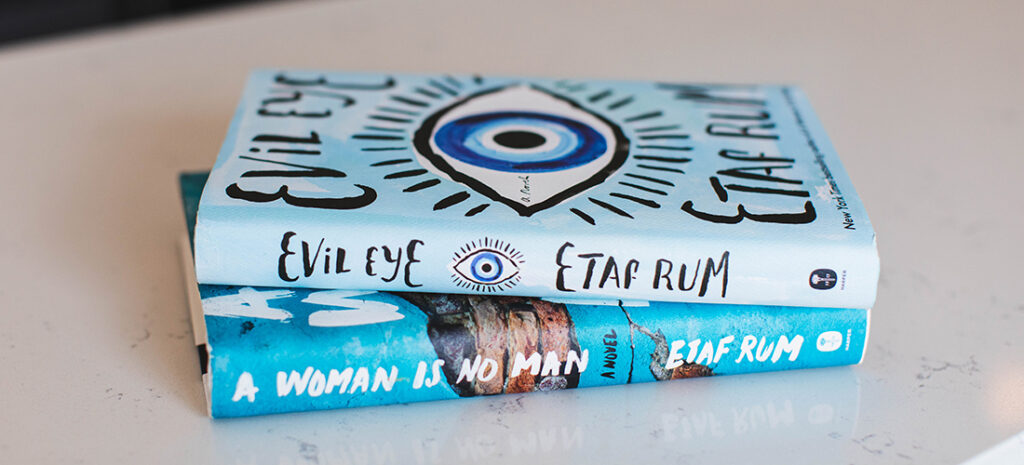
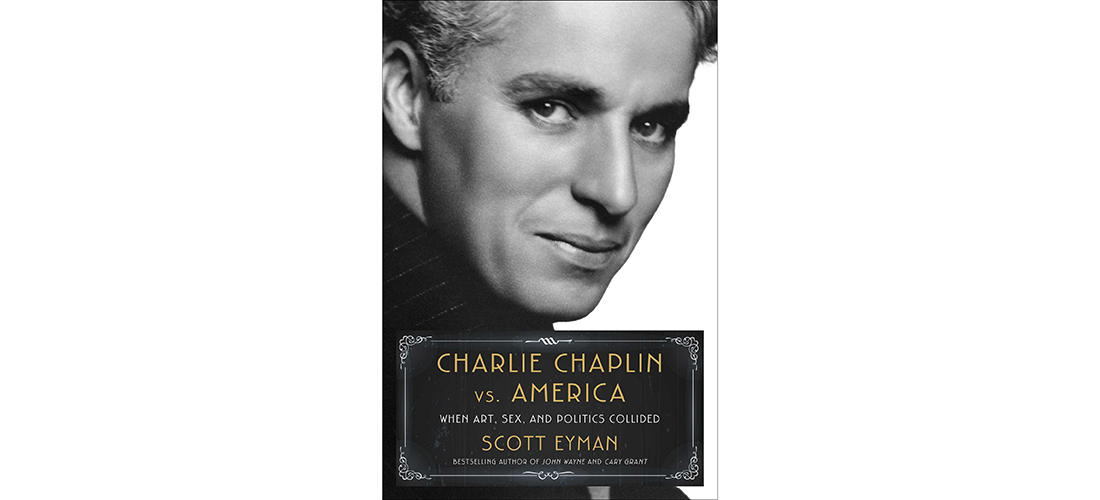
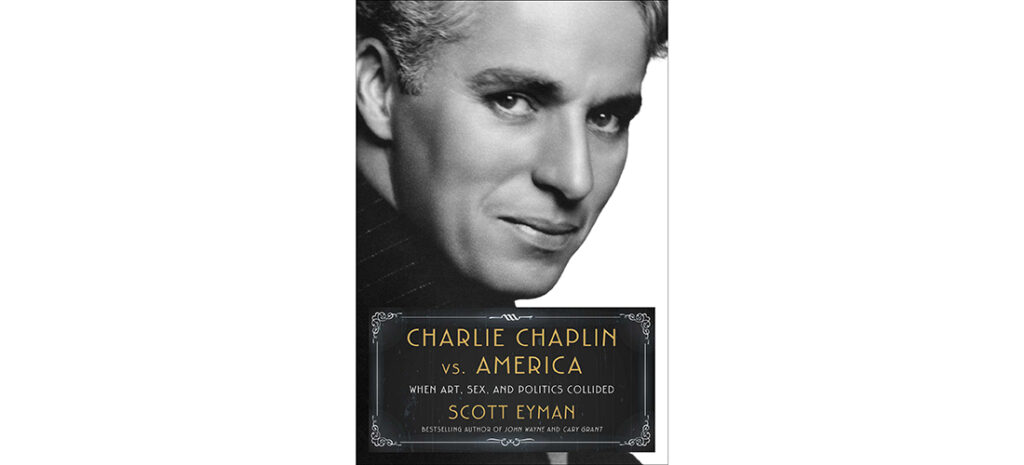
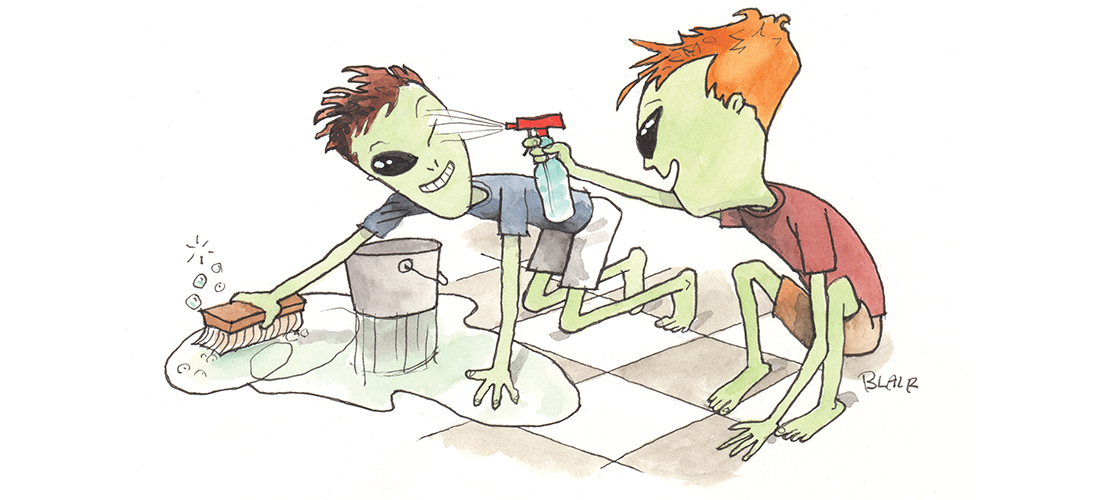
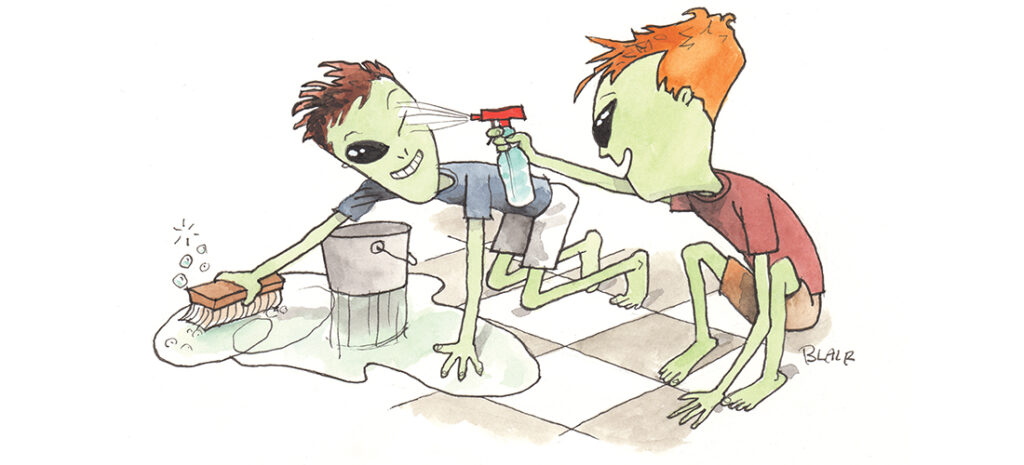
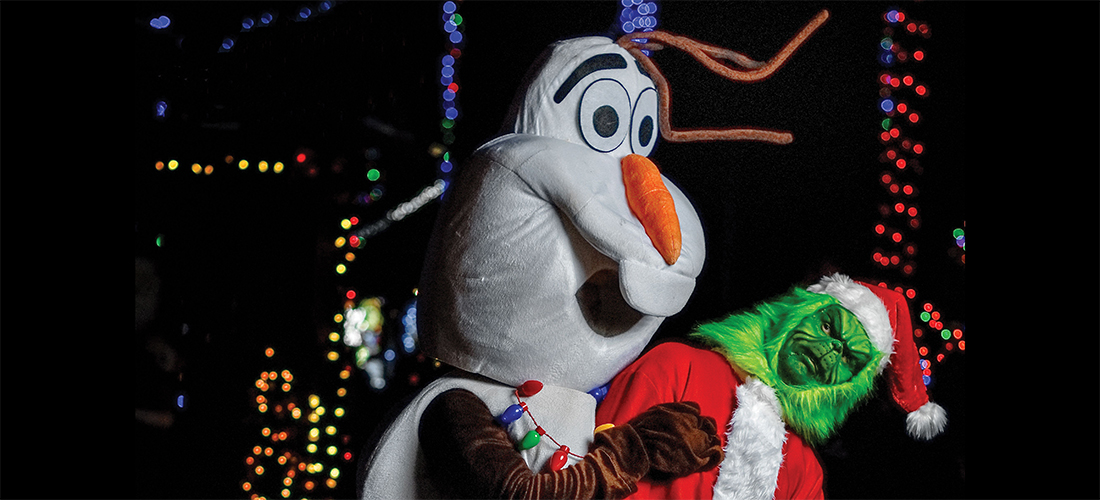

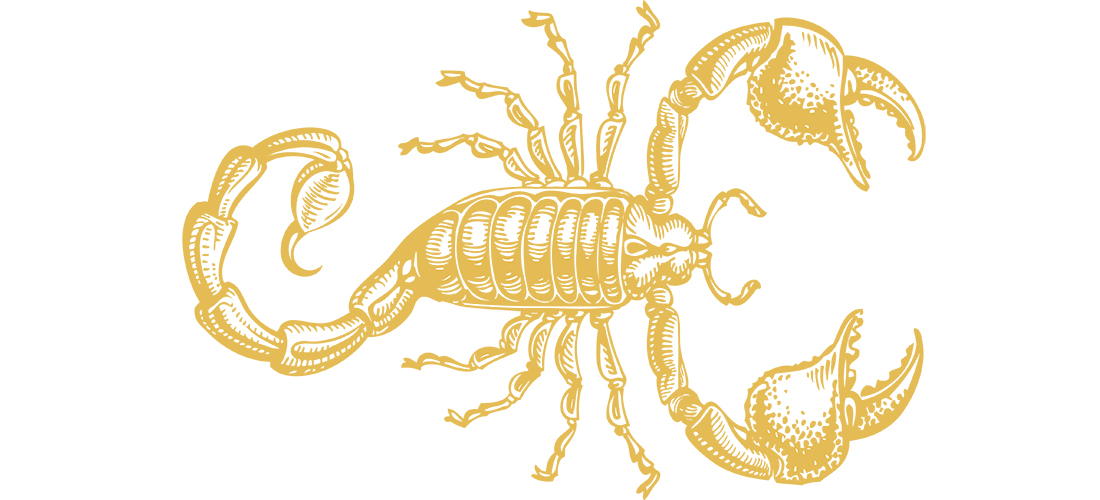
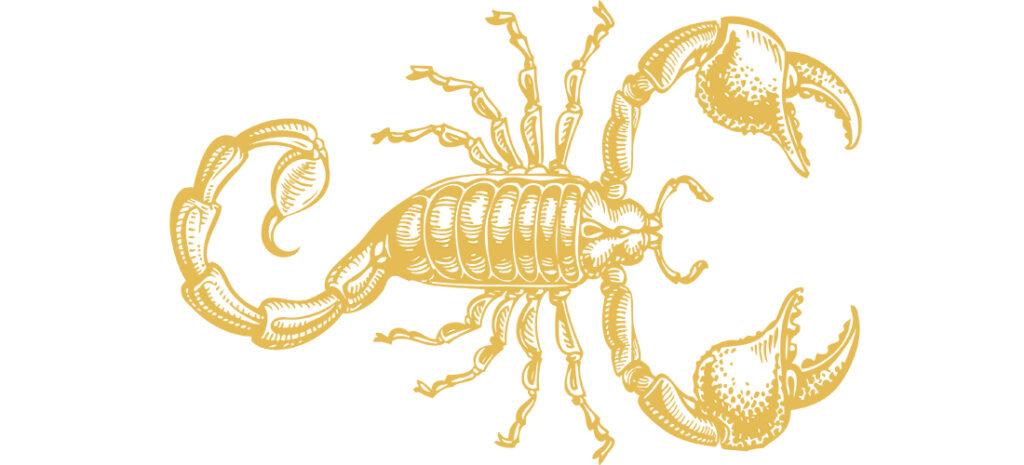



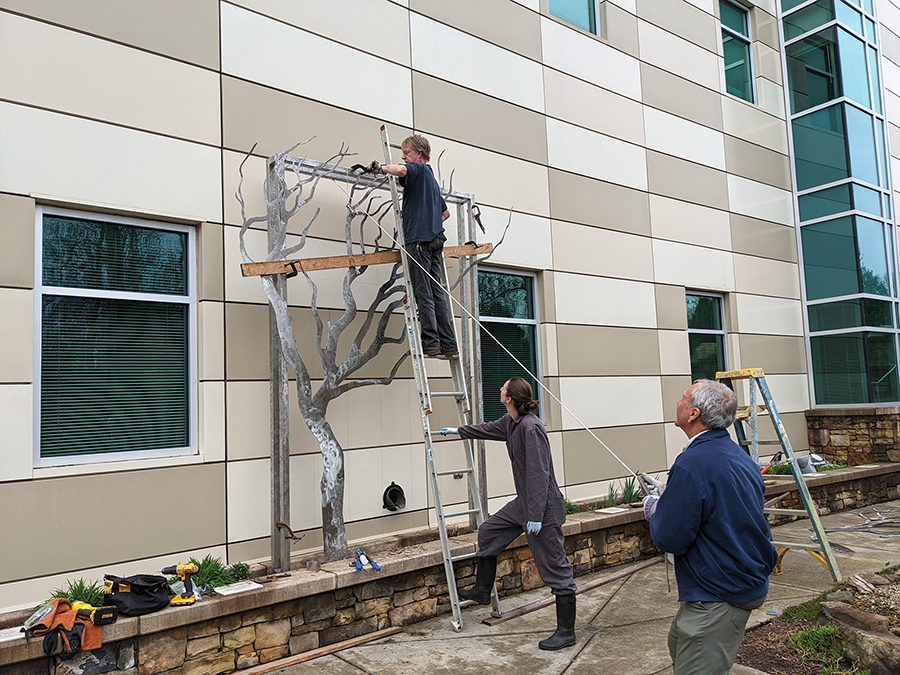

 For decades, Betty, my sister, and I have scouted out persimmon trees just before Thanksgiving. After carefully removing the fruit’s orangey, pulpy mass from the ground and separating out the leaves, twigs and dirt, we cook up some persimmon pudding for the big holiday feast. I’ve always used my late mother’s recipe, distinguished by sweet potatoes, corn meal, pecans and nutmeg with no other spices. I wondered aloud to Betty whether she uses the same recipe.
For decades, Betty, my sister, and I have scouted out persimmon trees just before Thanksgiving. After carefully removing the fruit’s orangey, pulpy mass from the ground and separating out the leaves, twigs and dirt, we cook up some persimmon pudding for the big holiday feast. I’ve always used my late mother’s recipe, distinguished by sweet potatoes, corn meal, pecans and nutmeg with no other spices. I wondered aloud to Betty whether she uses the same recipe.